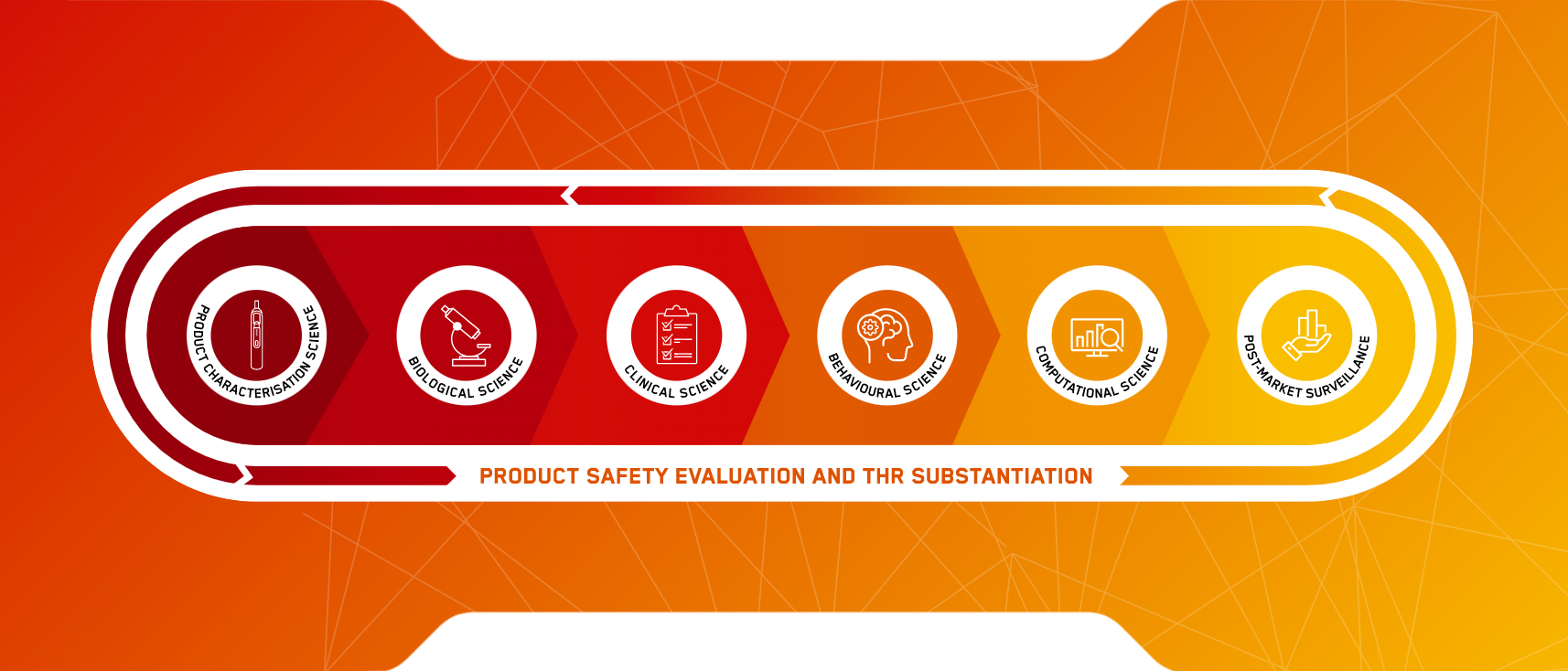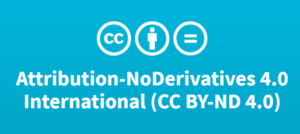//Exploring the SAF: Post-Market Surveillance
Posted 13/06/2023 11:12am
In this new series, we speak to Imperial scientists working in specific areas of our Scientific Assessment Framework, or SAF. Watch the video below or read on for a QA with Shaun Murray, Post-Market Surveillance Manager.
Please introduce yourself. What’s your name and your current role at Imperial Brands?
I’m Shaun Murray, Post-Market Surveillance Manager. I began my career as a pharmacist, before moving into the medical device industry – where I worked in quality and regulatory roles. I’ve been at Imperial for two years.
First of all, what exactly is post-market surveillance?
In the context of our Next Generation Product (NGP) portfolio, post-market surveillance is our framework for monitoring the risk and performance of products once they launch in markets.
Effective post-market surveillance requires collecting data from various sources, using a combination of processes and activities that combine to generate real-world evidence. This helps us build a clear picture of how our products are performing once in consumers’ hands.
At Imperial we use data from many sources including complaints, adverse events, post-market studies, medical and scientific literature – as well as regulatory and health authority notifications and relevant competitor products – to continuously monitor our NGP after they’re launched.
Why is it such an important part of our Scientific Assessment Framework (SAF)?
As part of our wider duty of care to our consumers, our post-market activities demonstrate we not only perform rigorous and extensive product assessment of our products prior to launch, but that we’re also committed to continuing assessment post launch – and throughout our products’ entire lifecycles.
Post-market surveillance effectively serves three purposes:
- First and foremost, it’s to monitor product risk and performance. By having thorough post-market procedures in place, we’re better able to understand how our NGP perform once on the market, ensuring that they continue to meet our high standards for quality post launch – and that their design and manufacture meet the expectations of our consumers.
- Secondly, the data we collect can be used to demonstrate the tobacco harm reduction (THR) potential of our NGP by providing supplementary data to support the THR equation. Risk surveillance and adverse event reporting help us substantiate our products as being potentially less harmful than continuing to smoke cigarettes, while sales and consumer demographic data help us quantify consumer acceptance within our intended user group – while ensuring our NGP aren’t being used by any unintended consumers (like never-smokers and youth).
- Thirdly, post market surveillance is critical in meeting regulatory requirements. Many regulators and health authorities now expect us to demonstrate robust post-market procedures to confirm our NGP continue to meet their standards post-launch.
Why is it important to perform long-term assessment of our NGP?
It’s crucial as it allows us to verify – and build upon – the information generated through pre-launch activities – but on a significantly larger scale. Once on the market, a much wider population of consumers use our products, and in much larger volumes compared to our pre-launch studies. This ‘actual-use’ data is also generated over far longer usage periods compared to controlled study conditions. This gives rise to a wealth of data that can be used to build a comprehensive picture of NGP safety and performance in a real-world environment.
You mentioned adverse events; how do we handle any we’re made aware of?
Imperial’s post-market surveillance system has been developed by iterating on established frameworks from the pharmaceutical and medical device industry, with consumer reported adverse events and feedback relating to the risk of our products forming the backbone of said frameworks.
In the case of adverse events, we provide dedicated channels for our consumers to inform us of any health-related issues they experience. These cases are escalated to a group of specialists within the post-market surveillance team, who are responsible for coordinating an investigation of each individual case in accordance with EU product safety legislation (and other market requirements, when applicable). These investigations determine whether there are causal links between product issues and reported adverse events.
As well as reviewing these reports at an individual level, we collate and analyse the data at a product level to monitor trends in product performance. This combination of assessing cases both at an individual and holistic level allows us to rapidly identify and react to any potential safety concerns.
We also utilise this form of invaluable consumer feedback to drive product improvements, update product labelling and feed into new product innovation and development, ensuring we’re continuously improving future generations of our NGP.
Why is it so crucial to adhere to regulatory guidelines?
At Imperial, we firmly believe that NGP should be compliant with regulations which are underpinned by standards that guide product design, manufacturing and testing. Adhering to these regulations not only supports the production of high-quality products and product information, but also provides confidence to regulators and consumers about products we are proposing to launch.
Post-market surveillance practices have considerably evolved across multiple sectors – including our own – over the years, with regulatory authorities realising the importance of applying robust post-market measures to help ensure product quality.
As a result, an increasing number of regulators now require information about our post-market surveillance framework as part of product regulatory submissions before market launch – with some authorities also mandating additional post-launch activities and reporting.
Why do we monitor scientific literature?
Scientific literature searches play a crucial role in providing the company with up-to-date information on NGP. By performing these searches, we can build on the knowledge base created through our internal studies by supplementing with information on similar products, from research carried out by other manufacturers and institutes.
Searches also highlight where our products have been used in external studies, so we can review and investigate any findings.
We have a dedicated team who monitor, interpret and contextualise all this scientific & medical literature. The outputs of this are fed into our post-market surveillance system to monitor health endpoints, benchmark current knowledge within product categories and also potentially identify any risks or adverse events.
What’s it like working in IMB Science?
I really appreciate the diverse backgrounds of the people I work with, and the incredibly wide range of disciplines within our science function; it makes my role very dynamic, as well as providing countless opportunities to continuously learn new things!
In your opinion, how is science key to creating impactful NGP?
I believe regulatory and THR science is fundamental to the success of NGP. Our studies not only provide the required information to get products to market – and keep them there – but they also help us understand our consumers’ behaviour, usage and needs.
In turn, this vital consumer-centric data drives our NGP innovation pipeline, giving Imperial the best chance of making a meaningful contribution to THR – which is personally very exciting to be a part of.

You are free to share this content with credit to Imperial Brands under a Creative Commons Attribution-NoDerivatives 4.0 International (CC BY-ND 4.0) license.

